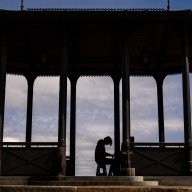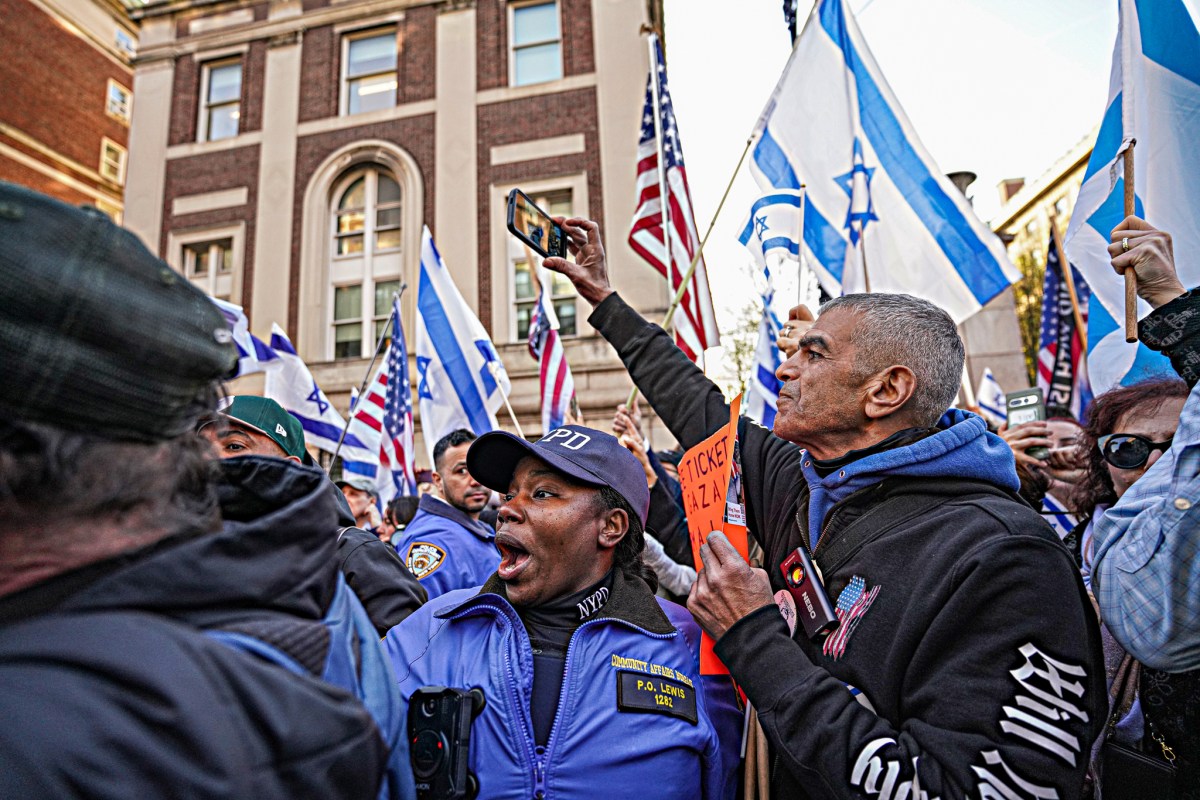In Reunion you can get the perfect baguette, smoke a Gauloise on a bistro terrace as you watch Parisians holidaying with their dogs, and visit one of the “prettiest villages in France” — but this is not your average Riviera destination.
For a start, this island is in the middle of the Indian Ocean, one of several exotic French overseas ‘departements’ that include French Guiana in South America, and the island of Guadeloupe in the Caribbean.
Born three million years ago as the result of an undersea volcanic eruption, Reunion is a lush, green island with a series of giant crater-shaped valleys and a live volcano.
Most tourists head straight to the West Coast, and the popular resort of St-Gilles-les-Bains, often called the St Tropez of the Indian Ocean. With the best beaches on the island, plenty of restaurants and hotels and a vibrant nightlife scene, it’s a good place to base yourself in preparation for your adventures inland.
The beaches and towns of Reunion are lovely but the most exciting aspects of the island are the rugged, mountainous interior, where you can go trekking, mountain biking, horseback riding and paragliding.
The three amazing cirques left behind when the original volcano collapsed — the Cirque de Cilaos, Cirque de Salazie and Cirque de Mafate — offer memorable hiking experiences with a backdrop of verdant gorges, dramatic waterfalls and historic colonial towns. Another must is a trek up the lunar landscapes to Reunion’s active volcano, Piton de la Fournaise, the highest peak in the Indian Ocean.
The most accessible of the three is the Cirque de Salazie. Weave your way up through the valleys to Hell-bourg, a beautifully preserved historic town with delightful wooden colonial houses — the aforementioned prettiest village in France. Sample typical Reunionnais dishes at Les Jardins d’Heva, a cosy two-star guest house with fabulous views over the Cirque de Salazie. Stay over in one of the cabins if you plan a walk on Reunion’s 1,000 kilometres of well-marked trails.
Cirque de Cilaos is harder to get to, with slow roads leading to the town of Cilaos at 1,220 metres above sea level, but it is known for its embroidery, wine and thermal springs. Meanwhile, you’ll need to pay an early morning visit to the mountain peak at Piton Maido, to get a magnificent view over the Cirque de Mafate before the clouds descend. It’s quite a sight, this vast crater with its lush scenery and tiny hamlets in the distance. Mafate is only accessible by foot, so if you have time and are feeling adventurous, plan a hike into it. You can enjoy the stunning scenery and stay in the guest houses in this isolated community, meeting the ancestors of the slaves who fled here 200 years ago. It’s a good idea to go with a guide, such as German-born Reunion , Tel +262 6 92 52 83 78). He’s also a good person to give you insider knowledge on the island while showing you around the essential sites, including a vanilla plantation (Reunion is one of the world’s leading producers), a geranium distillery, Hindu temples and the marine cemetery and the bustling market in St Paul.
After a hard day’s sightseeing return to your seaside residence — and reward yourself by watching the sun set with an ice-cold ‘Dodo’ beer in your hand.
Where to stay
Unlike Mauritius, Reunion isn’t geared up with luxury hotels, and many tourists favour an apartment, guesthouse or typically French holiday ‘gite’. Treat yourself to a stay at the newly-refurbished Villas du Lagon, an elegant but relaxed hotel in St-Gilles-les-Bains with stylish rooms, fine dining restaurant, white sandy beach, huge pool and a lagoon ideal for snorkelling in — protected by a coral reef and full of exciting fish (from $305 per person, half-board, villas-du-lagon.com).
Where to eat
The staple here is ‘cari’ — curry, made with fresh fish and meat. Sample it at a local café for the cheapest eats in Reunion. There are also some unusual fruit and vegetables to try out, including the national vegetable, the ‘chou chou’ which tastes like courgette and looks like green brains. Be sure to try local beer, Bourbon, better known as ‘Dodo’, and watch out for the potent local rum, Charette — more palatable when ‘arrangé’ (mixed) with fruit juice.
Where to shop
Pay a visit to the weekly market in St Paul, 25km south of the capital St Denis. It runs Friday to Saturday morning and is a colourful and vibrant experience. Stalls overflow with exotic flowers, handicrafts and local food produce. Pick up some fragrant honey, a souvenir basket and snack on lychees or a crab samosa.
















